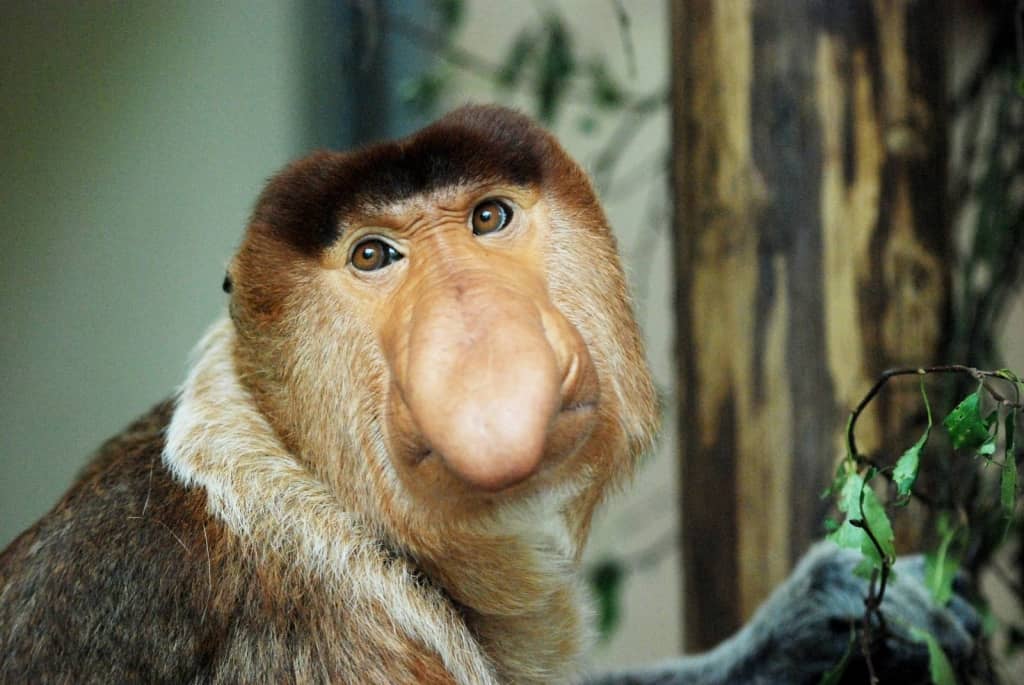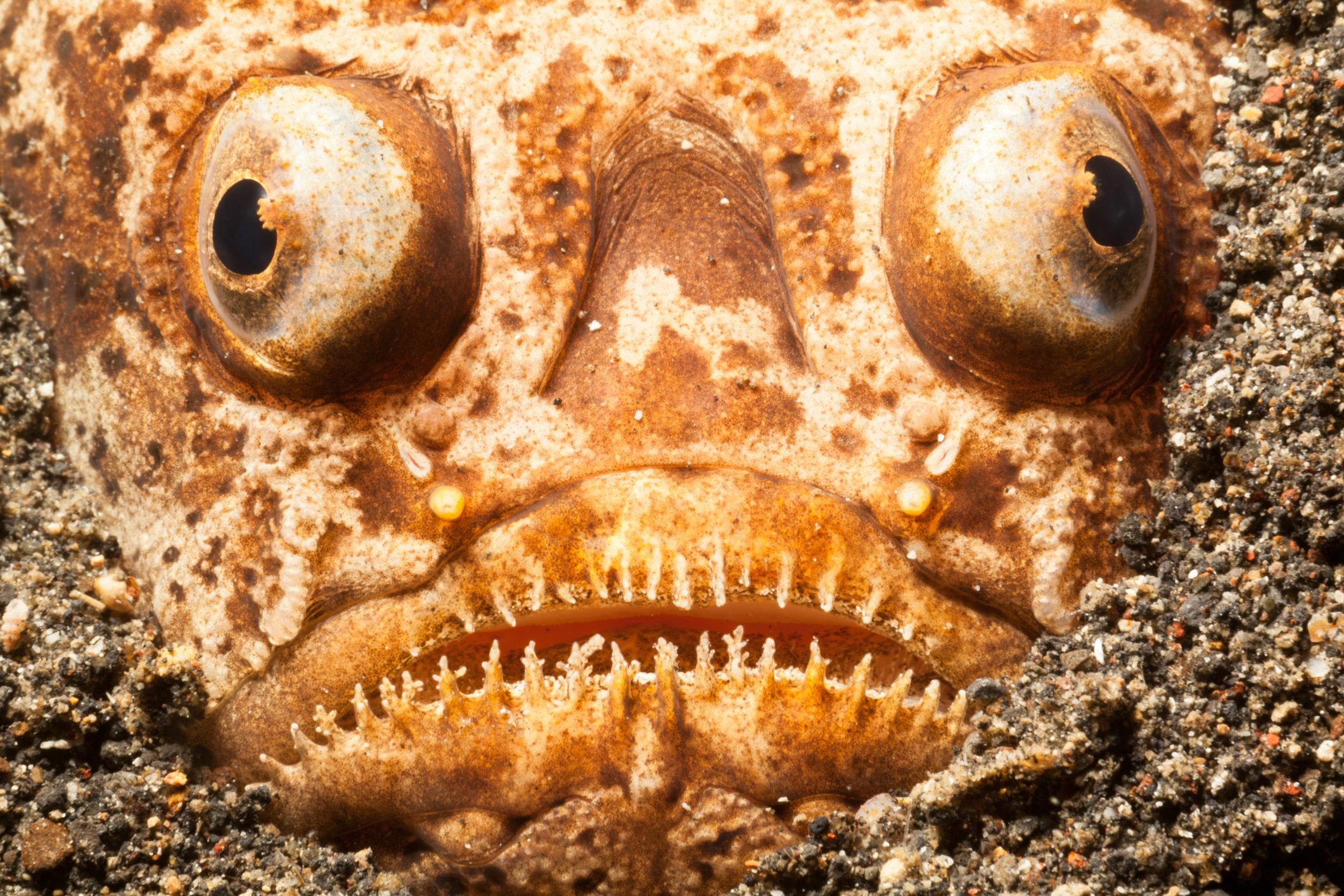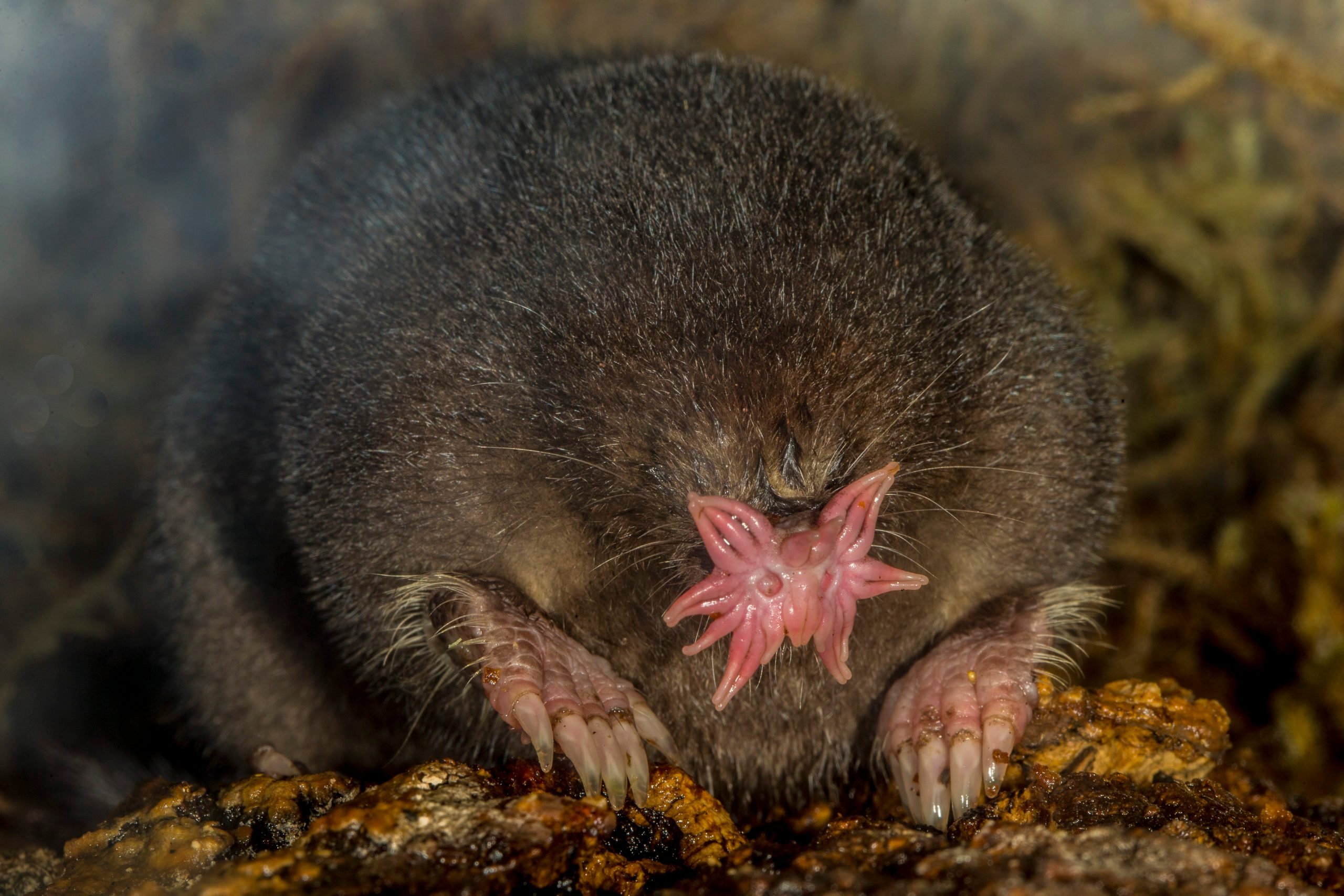Weird Color Names - A Look Beyond The Usual
Have you ever stopped to think about the names we give to colors? Most people, you know, are pretty familiar with shades like pink, blue, or yellow. They're everywhere, and we just sort of accept them. But what if I told you there's a whole universe of less common hues out there, shades that have names that are, well, a little bit out of the ordinary? It's really quite something, actually, to see how creative people get when trying to describe a particular shade.
It's true, some of these names might make you scratch your head or even give you a chuckle. If you happen to think names like "periwinkle" or "cornflower" sound a bit odd, then you're in for a treat. There are shades out there with monikers that are far more unusual, some truly strange color names that you've likely never heard spoken aloud. It's almost like a secret language for colors, in a way, just waiting for you to discover it.
We're going to take a closer look at some of these truly unique shades, from a color called "phlox" to one named "wenge." We'll talk about what these colors mean, where they might have come from, and even a bit about their numerical codes. It's a fun trip, too, into the less predictable side of the color spectrum, where things get a little bit wilder than your basic rainbow.
- Grab My Balls
- Xenomorph R34
- Ella Emhoff Sexuality
- Margaret Galvin Hidden Valley Road
- When Is Kay Flock Getting Out Of Jail
Table of Contents
- What Makes a Color Name "Weird"?
- Where Do These Unusual Hues Come From?
- Are Some Weird Color Names Just Plain Silly?
- How Can Weird Color Names Spark Creativity?
- What About the Science Behind These Shades?
What Makes a Color Name "Weird"?
So, what exactly makes a color name stand out as "weird" or "unusual"? Well, it often has to do with how far it strays from the everyday terms we use. Everyone gets "red" or "blue," for instance, but when you start talking about a color called "aero" or "aerospace orange," that's when things get a little different. It's like finding a rare shell on a beach full of common pebbles, you know?
Sometimes, the oddness comes from the source of the name. A color might be named after something very specific in nature, or maybe a historical event, or even just a funny idea someone had. These names are far from the simple "red" or "yellow" that people first used to describe things like flowers and fruits way back when. They show a real attempt to capture a very particular sort of shade, perhaps one that's hard to pin down with just a simple word. It's pretty interesting, too, how some of these names stick around for a long time.
Consider the idea of a color that's just a little bit elusive, something that feels captivating. These are the kinds of hues that aren't found very often in the natural world or even in art, and they really grab your attention because they are so unique. They tend to go against what you might expect, sparking a lot of curiosity and a sense of wonder. Often, they become symbols of something special or sophisticated, which is really quite something, when you think about it.
- Goldie Hawn Pics
- Morgan Fille Lsu
- Kenny Loggins Siblings
- Best Years For Toyota Highlander
- John Daly Clothing Line
Where Do These Unusual Hues Come From?
The journey of color naming is a long and rather interesting one, stretching back to very old times. The very first color names, you know, were drawn from the natural world around people. Folks would use words like "red" or "yellow" to describe the colors they saw in things like flowers, fruits, and other everyday objects. This was a very straightforward way of talking about the visual world, and it made perfect sense at the time.
As time went on, and as people started to get more precise about describing colors, things got a bit more complicated. We started to see colors named after more specific things, or even after the way certain pigments were made. For example, some pigments were gotten from copper mining, which sounds pretty involved, doesn't it? Or consider paints that can soak up nearly all of the visible light spectrum, like 99.9% of it. These special qualities definitely lead to some very unique names, you know, names that try to capture that particular characteristic.
Then there are earth tones with names that are quite distinctive. Take "sepia," for instance. That's a rather unique color, and it gets its name from a creature of the sea, the common cuttlefish, actually. It's a neat connection, don't you think, that a color could be named after something living in the ocean? This sort of naming tradition shows how deeply connected we are to the things around us, even when it comes to describing something as seemingly simple as a shade.
Unexpected Stories Behind Weird Color Names
Sometimes, a color name has a story that's a bit surprising. There's a shade of red, for instance, that has a truly wonderful name. However, it's a little bit disappointing to find out that this particular red doesn't actually come from dragons, as the name might make you think. It's just a name that sounds cool, perhaps, but the origin isn't quite as mythical as one might hope. That's just how it is sometimes with these things, you know?
Then there's the case of a color whose ridiculous name stuck around. It's not clear if this funny name actually helped sell more clothing items, but the name itself has lasted and is still in use even today. It just goes to show that sometimes, a memorable name, even a silly one, can have real staying power. It's kind of like a little piece of history living on through a color, in a way.
There's also a color that's quite similar to the shade of a red fox. This particular hue is often used in beauty products, which makes a lot of sense if you think about it, given its natural, warm tone. It's interesting how certain colors find their way into specific uses, and how their names, even if a bit unusual, help people remember them and what they might be good for. It's really quite practical, actually.
Are Some Weird Color Names Just Plain Silly?
Oh, absolutely, some weird color names can be downright silly, or even a little bit funny. But you know, sometimes those are the ones that perfectly describe that particular shade. It's like finding just the right word, even if it's an odd one, to capture exactly what you're seeing. An interior designer and color consultant, Debra Kling, has even mentioned that paint color names are meant to sway people or even lead them to buy something. So, a quirky name might actually be a clever marketing trick, too.
If you're anything like me, then you might sometimes think that odd or offbeat color names are pretty cool. They break away from the usual, and they make you pause and think about the color in a new way. It's a bit like a playful wink from the person who named it, isn't it? These names can add a lot of personality to a color, making it feel less like just a shade and more like something with its own character.
For instance, while "rainbow colors" are pretty easy to remember with that handy "ROYGBIV" term, things get a bit more involved when you start talking about these weird color names. It's a whole different ballgame, really, where you're not just recalling a sequence, but trying to grasp a unique identity. This is where the fun really begins, as you start to explore shades that don't fit neatly into any simple category, which is pretty neat.
How Can Weird Color Names Spark Creativity?
Thinking about these less common colors can really get your creative juices flowing. When you learn about a color like "phlox" or "wenge," it's not just a new word; it's a new possibility for how you see and use color. These unique shades, you know, can truly make your color palette feel richer and inspire you to create things you might not have thought of before. It's like opening up a whole new set of tools for your imagination, actually.
Consider "obsidian." This color is described in a rather poetic way: it's the color that's sort of imprinted behind your eyelids. It's the shade that, in a way, prepares every blink you make and every dream you have. It's even thought of as the color of your very own thoughts. Now, if that doesn't spark some creative thinking, I don't know what will! It gives the color a deep, personal meaning, making it much more than just a dark tone.
We've put together a collection of rare color words that are unlike any other, just to celebrate all the colors of the rainbow and then some. These are the kinds of obscure color words, about 19 of them, that you may not have heard before. Just reading through them can give you fresh ideas for art projects, writing, or even just how you decorate a room. It's pretty cool how a simple word can do so much, you know?
Adding Unique Weird Color Names to Your Creative Toolkit
Adding unique weird color names to your creative toolkit means expanding your vocabulary for expressing visual ideas. Instead of just saying "dark red," you might consider a specific, perhaps odd, name that conveys a very particular feeling. This helps you to be more precise and also makes your descriptions more interesting for others. It’s like having a wider range of flavors to describe a dish, you know?
Imagine trying to describe a very specific kind of brown. While "brown" is fine, a name like "burlywood" gives you a much clearer picture. On the RGB color chart, "burlywood" is a pretty balanced color, composed of 87.1 percent red, 72.2 percent green, and 52.9 percent blue. Knowing this level of detail, and having a distinct name for it, can help artists, designers, or anyone really, choose just the right shade for their project. It makes the process much more intentional, too.
From "acid green" to "aerospace orange," and then to "african violet," "alabaster," "alloy orange," "almond," and "amaranth," these names open up a world of possibilities. Each one hints at a specific visual quality, a certain mood, or even a hidden origin. By getting to know these unusual terms, you can bring a lot more richness and precision to your creative work. It's really quite a useful thing to do, actually, if you work with colors a lot.
What About the Science Behind These Shades?
Beyond the fun names and interesting origins, there's often a bit of science that helps us pin down these unique shades. When we talk about hex codes and RGB values, we're talking about the precise recipes for making these colors appear on a screen or in print. It's how we ensure that "phlox" looks like "phlox" no matter where you see it. This level of detail is pretty important for anyone working with color professionally, or even just for someone who wants to be very exact.
The earliest color names, as we mentioned, came from the natural world. But as technology advanced, we developed ways to measure and reproduce colors with incredible accuracy. This is where the RGB color chart comes in, giving us percentages of red, green, and blue light needed to create a specific hue. It's a much more technical way of describing color than just saying "red," but it's also incredibly powerful for consistency. It's really quite a feat of engineering, when you think about it.
So, while a name like "sepia" might evoke images of old photographs or a specific sea creature, its exact shade can be broken down into numerical components. This blend of the poetic and the precise is what makes the study of color so fascinating. It allows us to appreciate the artistry of a name while also being able to replicate the exact shade with scientific accuracy. It's a nice balance, you know, between the two sides of things.
Understanding Weird Color Names Through Codes
Understanding weird color names often means looking at their digital codes, like hex codes or RGB values. These codes are like a secret language that computers and screens use to display colors accurately. For instance, knowing that "burlywood" is composed of specific percentages of red, green, and blue light helps you understand its exact appearance, rather than just guessing from the name. It's pretty cool how a string of numbers can tell you so much, actually.
When you see a list of unusual colors, like those pigments obtained by copper mining or paints that absorb almost all visible light, they usually come with these codes. This allows designers, artists, and even just curious folks to recreate or identify these exact shades. It takes the guesswork out of it and makes sure that everyone is talking about the very same color, even if its name is a bit out there. It's a practical side to all the naming fun, too.
So, while the names themselves might be funny or downright silly, the underlying science provides a clear way to define them. This combination of creative naming and technical specification is what makes the world of color so rich and varied. It means there are thousands of possibilities for naming shades, some of which truly capture that particular hue perfectly, no matter how odd the name might seem at first. It's really quite a deep subject, in a way.
That's a look at some of the less common and more interesting color names out there, exploring their meanings, where they came from, and how they're described with codes. We talked about what makes a color name seem a bit unusual, the surprising stories behind some of them, and how these unique hues can really spark your creative thinking. We also touched on the science that helps us understand these shades precisely.
- Joan Rivers Brigitte Nielsen
- Daily Look Review
- Hariel Ferrari Desnuda
- Gloria Torres Onlifans
- Gay Videos

15 Of The Worlds Weirdest Animals You Might Not Know Exist

Weird Animal Photos: 30 Bizarre Creatures You Won't Believe Are Real

Weird Animal Photos: 30 Bizarre Creatures You Won't Believe Are Real